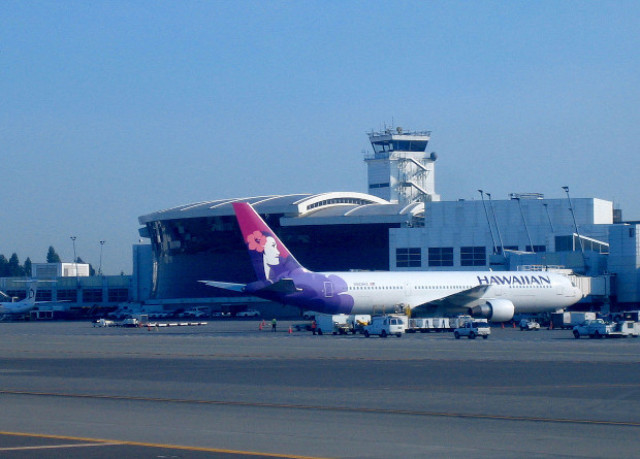The Federal Aviation Administration of the United States until the end of 2021 will begin testing on-board collision warning systems with drones for passenger aircraft. According [...] to Flightglobal, the systems will be tested at five international airports: Atlantic City in New Jersey, Columbus in Ohio, Huntsville in Alabama, and Seattle/Tacoma in Washington and Syracuse in New York.
Unmanned aircraft today is rapidly developing, the number of drones operated by commercial organizations and individuals is constantly growing. These vehicles perform flights in common airspace, and sometimes such flights are carried out in violation of security requirements, including near airports. Intruder drones can pose a serious threat to flight safety.
One of the main directions of ensuring the safety of passenger aviation flights is the creation of automatic collision avoidance systems for drones in the air. Another is the development of systems for aircraft to prevent collisions in the air with unmanned aerial vehicles. Such systems should inform the crews of aircraft about the approach to small objects.
According to the US Federal Aviation Administration, the airports selected for the tests are fully suitable for testing collision avoidance systems with drones. In total, the aviation authorities intend to test at least 10 onboard systems for aircraft. The Civil Aviation Administration does not disclose what kind of equipment it is talking about.
As noted by Flightglobal, it is only known that promising systems are built on the basis of radars, radio frequency receivers, optoelectronic systems, thermal imagers and microphones. Such systems are able to detect small aircraft in the air, as well as control signals transmitted to them.
In April 2019, the American company Iris Automation introduced the Casia automatic mid-air collision avoidance system for unmanned aerial vehicles. The new system is relatively light and compact and can be installed on almost any type of UAV, including amateur-class vehicles.
The Casia consists of a computing unit connected to the drone's onboard autopilot system and a high-definition camera. The computing unit operates on the basis of an algorithm developed with the help of machine learning technologies and is able to determine air objects and classify them in real time from the video image.
Vasily Sychev

